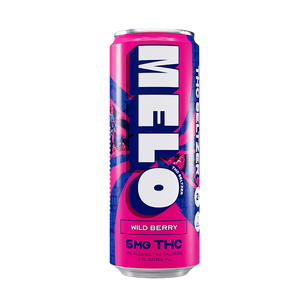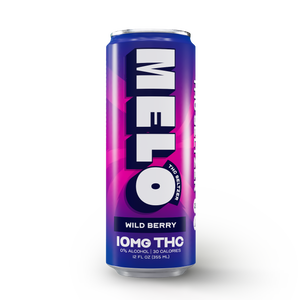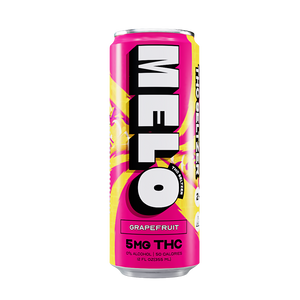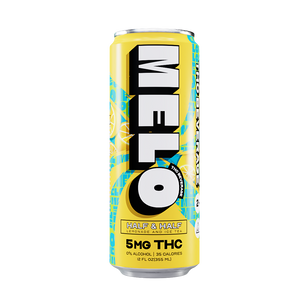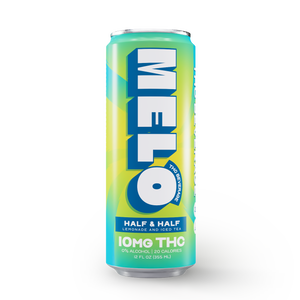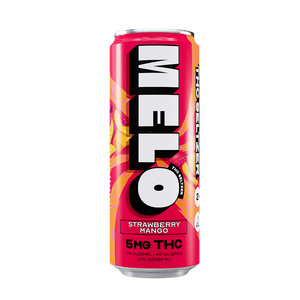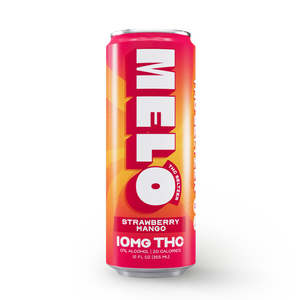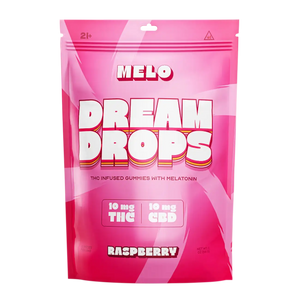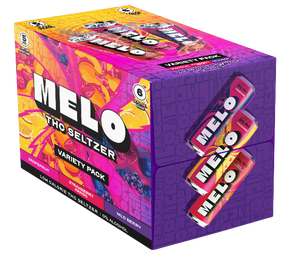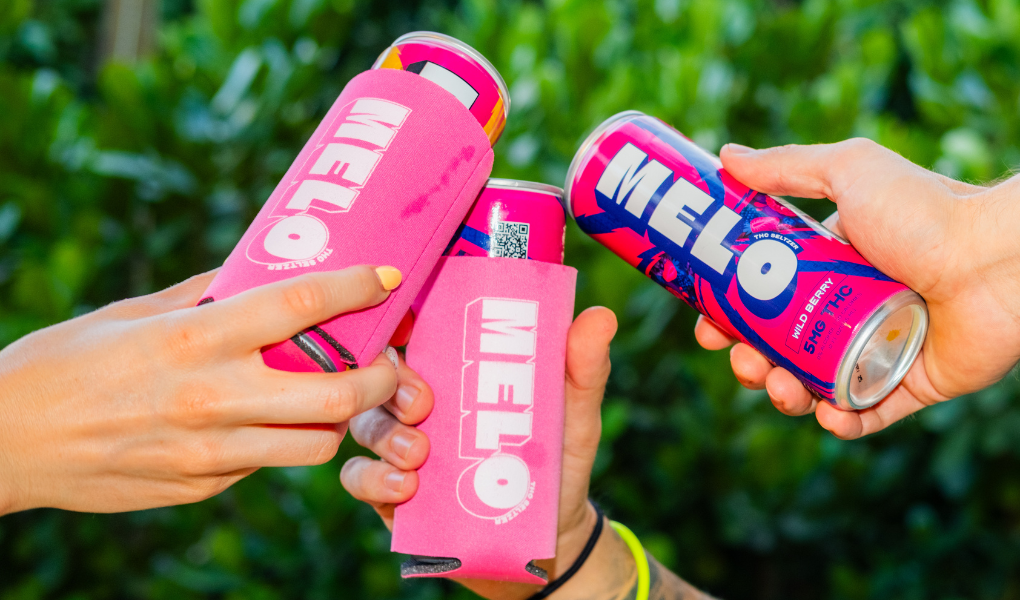

Unlocking the Secrets of Beverage Science: Emulsions, Homogenization, Can Liners, and THC Interactions
Detailed Guide on Emulsions in Beverages
Ah, emulsions! What a fascinating way to mix stuff that really doesn't want to mix. It's like trying to get your cat to take a bath. Emulsions in beverages are the same deal—oil and water are constantly at odds, but we need to be together for our delicious drinks.
An emulsion is a combination of 2 immiscible liquids, where one liquid contains a dispersion of the other. In beverages, emulsions are critical for creating stable, consistent products. Think about your favorite salad dressing or a luscious smoothie; that's the magic of emulsions at work. The trick is in the emulsifiers, those unsung heroes that keep everything harmoniously mixed.
Now, in beverages, we use emulsifiers like lecithin or various gums to ensure that ingredients like flavors, colors, and nutrients are uniformly distributed. Without these, your drink would separate faster than a bad band after a hit single. So next time you sip that creamy latte or fruity sports drink, give a nod to emulsions for making it all possible.
Effects of Homogenization on Beverage Quality
Homogenization—sounds fancy, right? Like a sophisticated French chef or an avant-garde artist. But really, it's all about smashing things into tiny bits so they mix better. In the beverage world, homogenization is crucial for creating a uniform texture and preventing separation.
When you homogenize a beverage, you force it through a small orifice under high pressure, breaking down fat molecules and dispersing them evenly throughout the liquid. This process makes the beverage smoother, more stable, and extends its shelf life. Milk is the poster child for homogenization; without it, we'd all be dealing with a layer of cream floating on top of our morning coffee.
But it’s not just milk that benefits from this process. Fruit juices, plant-based milks, cannabis beverages, and even certain alcoholic beverages get the homogenization treatment to improve texture and taste. So, the next time you drink something smooth and creamy, remember—homogenization is the unsung hero making it happen.
Chemical Interactions Between Cans/Liners and Beverages
Let’s talk cans, baby. Those shiny aluminum containers keeping our drinks fresh and fizzy. But what’s lurking beneath the surface? Liners! These sneaky little layers are there to protect your beverage from reacting with the metal.
You see, without liners, certain chemicals in your drink would react with the aluminum, causing unwanted flavors and potential health risks. These liners are typically made from polymers like BPA (though alternatives are increasingly popular due to health concerns). They act as a barrier, ensuring that your soda tastes like soda and not like a chemistry experiment gone wrong.
But there’s more! These liners can also affect the stability of certain ingredients. For example, in beverages containing THC (the psychoactive compound in cannabis), the interaction with liners can impact the potency and effectiveness of the THC. The exact chemistry can get pretty complex, but suffice it to say, liners play a critical role in maintaining the integrity of your beverage, whether it’s a craft beer or a cannabis-infused soda.
Interaction Between THC and Fruit Juices
Now, let’s dive into the wild world of THC and fruit juices. Imagine a party in your mouth where THC is the cool DJ and fruit juice is the crowd. They interact in ways that can totally change the vibe.
When THC is mixed with fruit juices, several exciting things happen. The acidity and natural sugars in fruit juices can enrich the absorption of THC in the digestive tract, leading to a more potent effect. This means that THC-infused orange juice might hit you harder and faster than other edibles or drinks.
But it’s not all about the buzz. The flavors of fruit juices can also mask the often bitter taste of THC, making the experience more pleasant. However, be aware—how fruit juice affects THC can vary based on the type of juice and its specific ingredients. With their high acid content, Citrus juices are particularly effective at enhancing THC absorption.
So, next time you’re sipping on a THC-infused beverage, think about the interaction going on. It’s like a high school chemistry class but way more fun (and with better music).
Conclusion
What a ride through the world of beverage science! We've uncovered the magic of emulsions, the smoothing power of homogenization, the protective role of can liners, and the dynamic dance between THC and fruit juices.
Emulsions keep our drinks mixed and delicious, while homogenization ensures a smooth, consistent texture. Can liners protect flavors and ingredients, preventing unwanted chemical reactions. And the interaction between THC and fruit juices can enhance both flavor and effect, making for a more potent experience.
So, the next time you enjoy a drink, remember the fascinating science behind every sip. Cheers to the brilliant minds crafting our favorite beverages!
